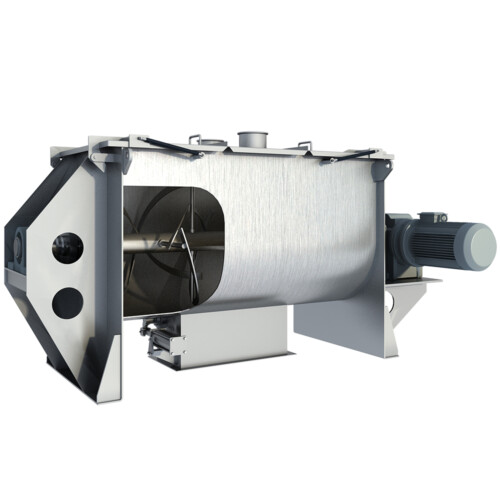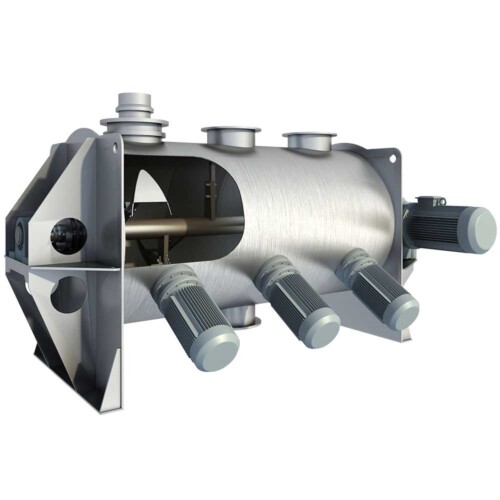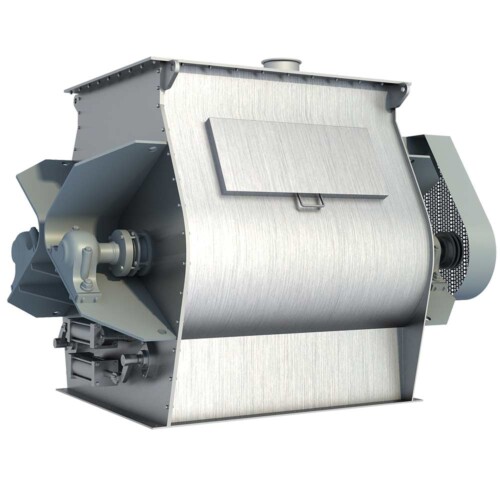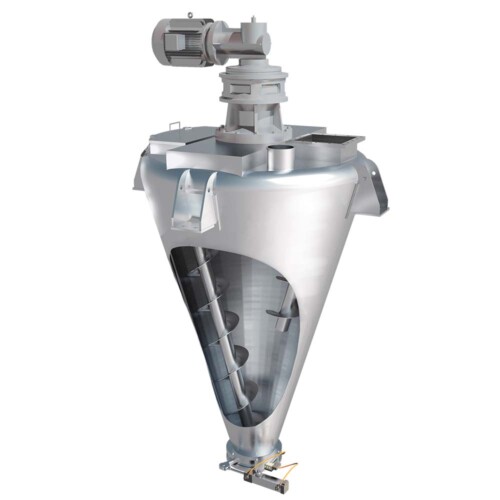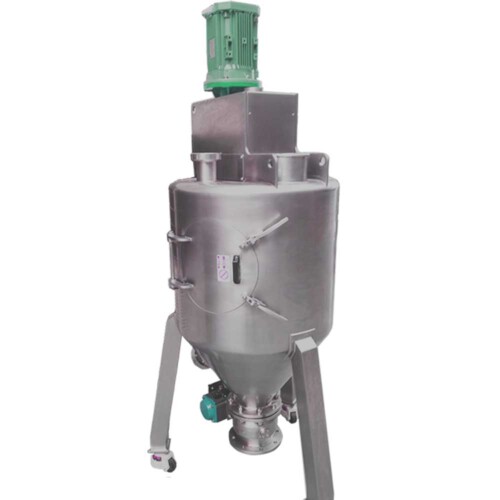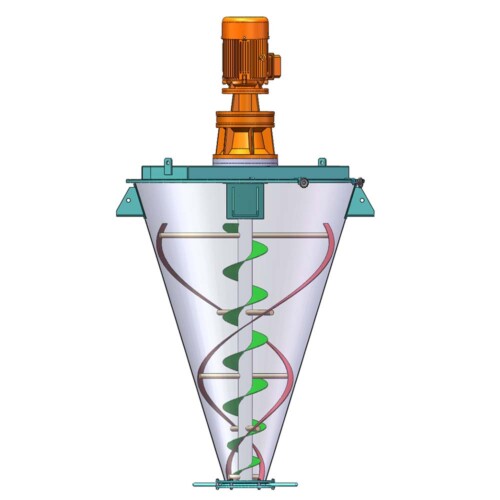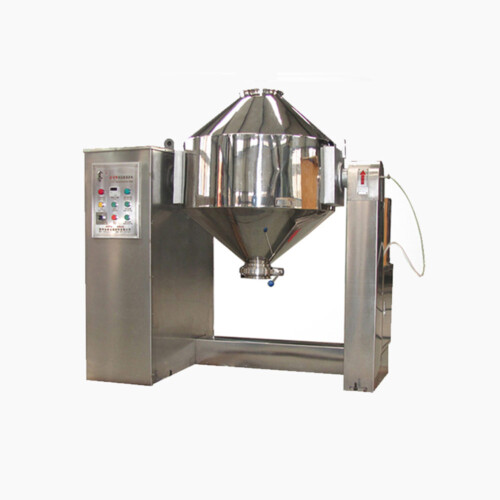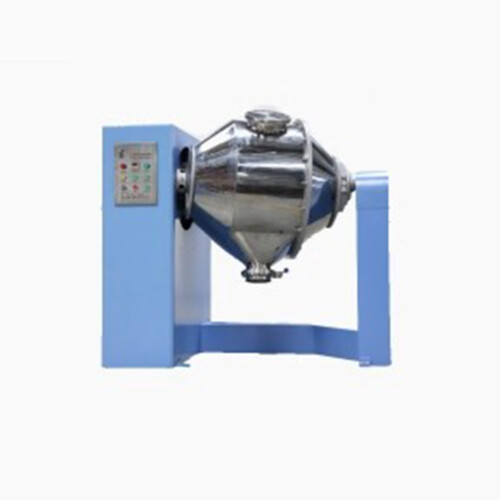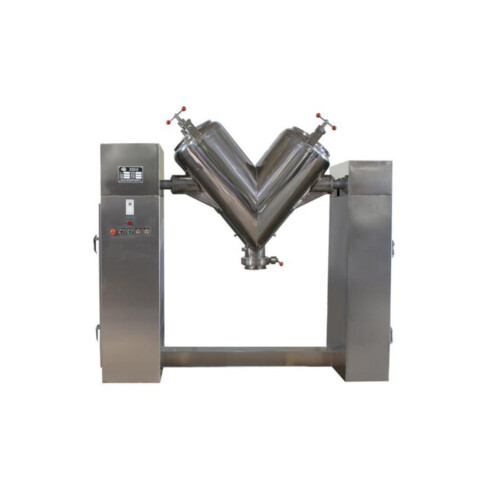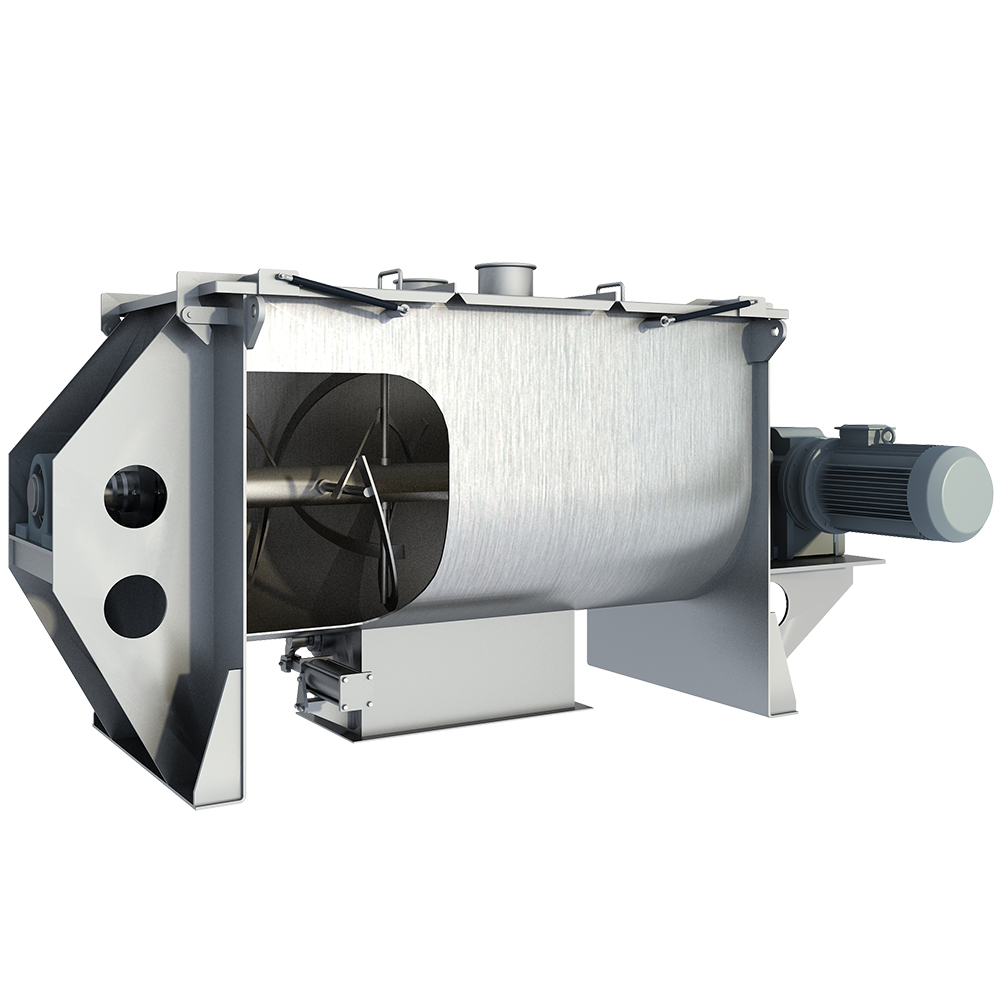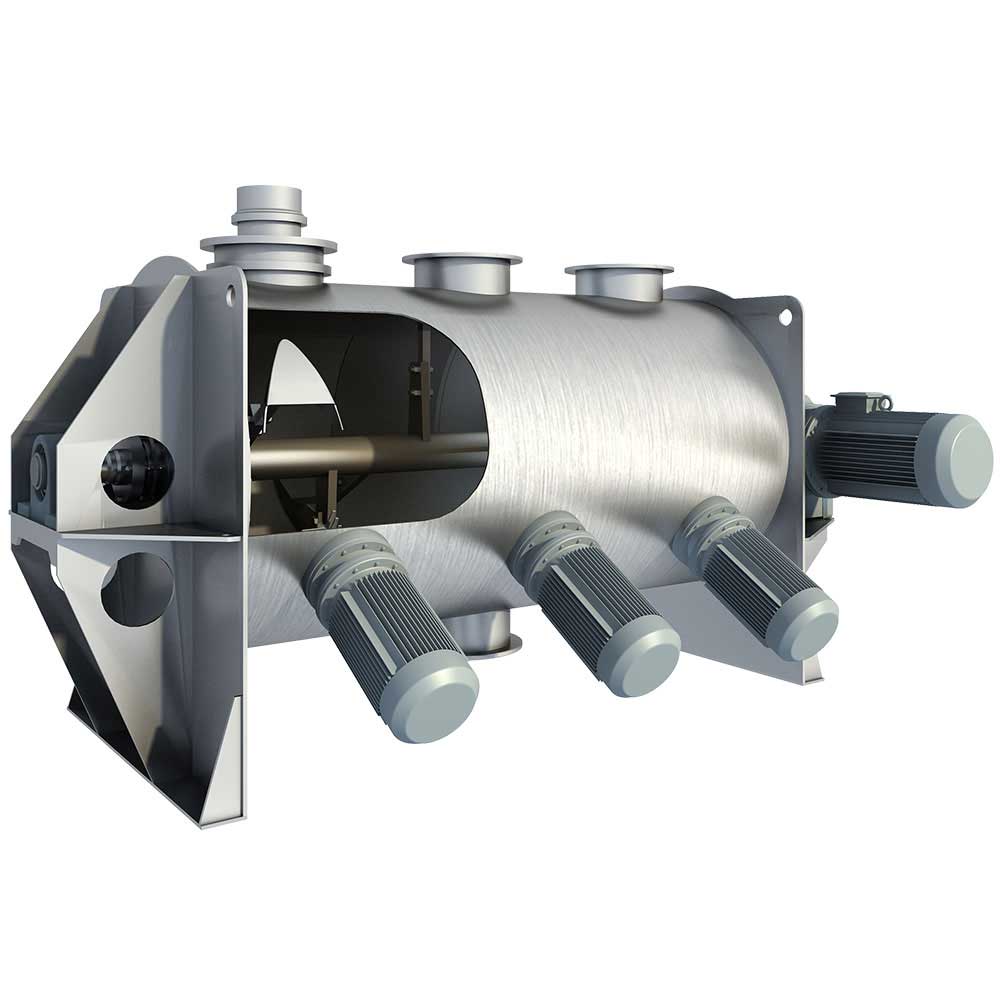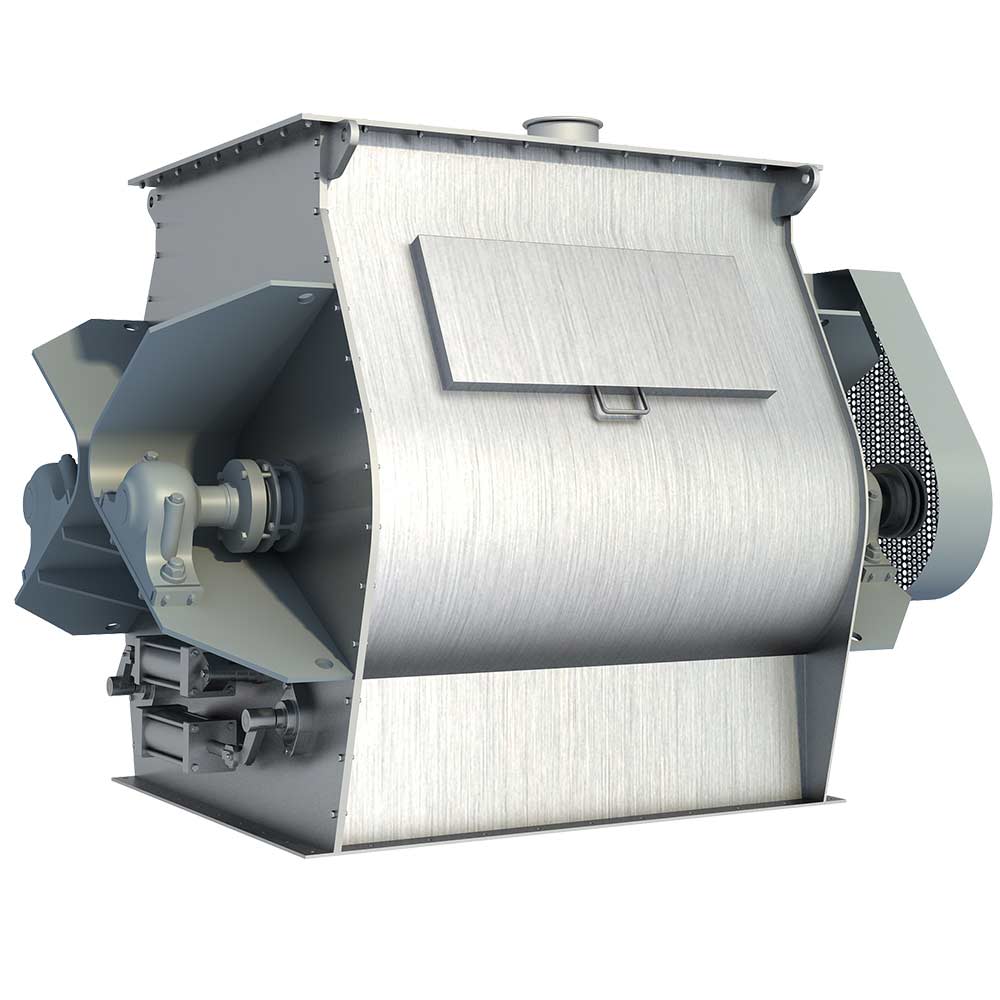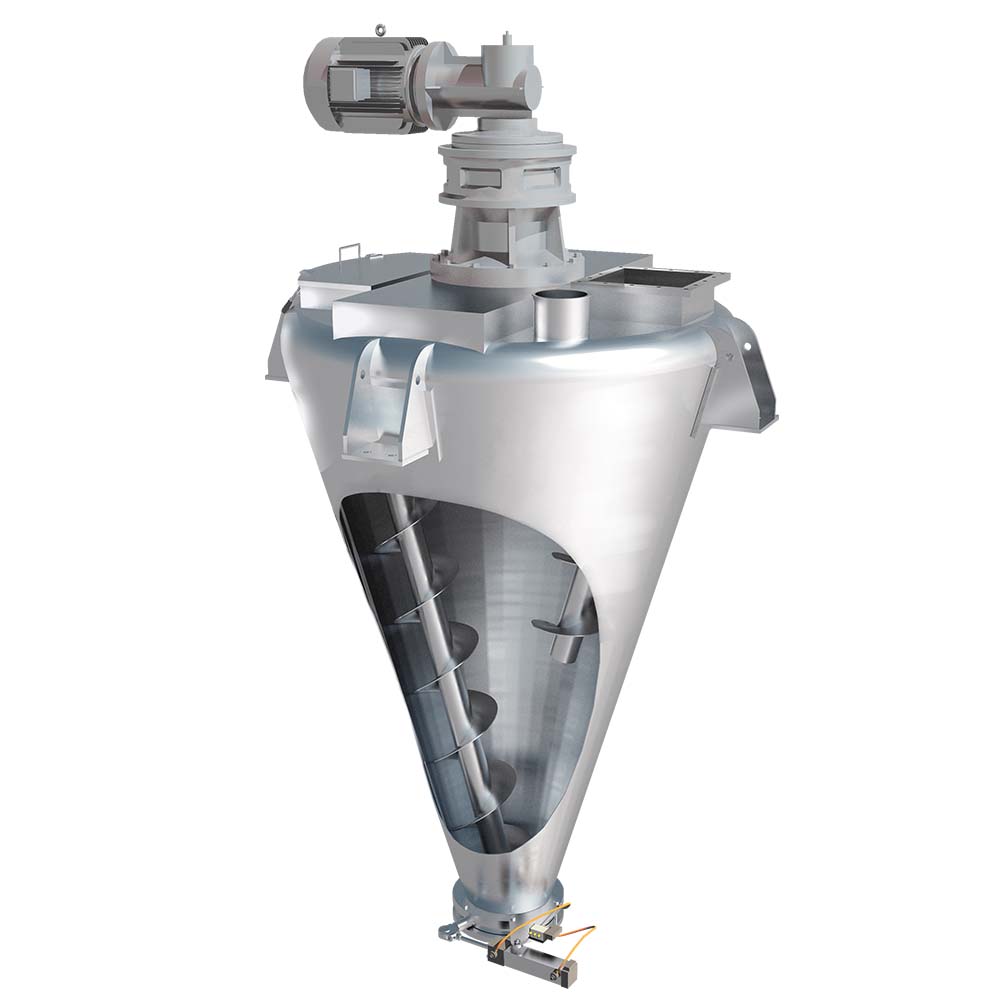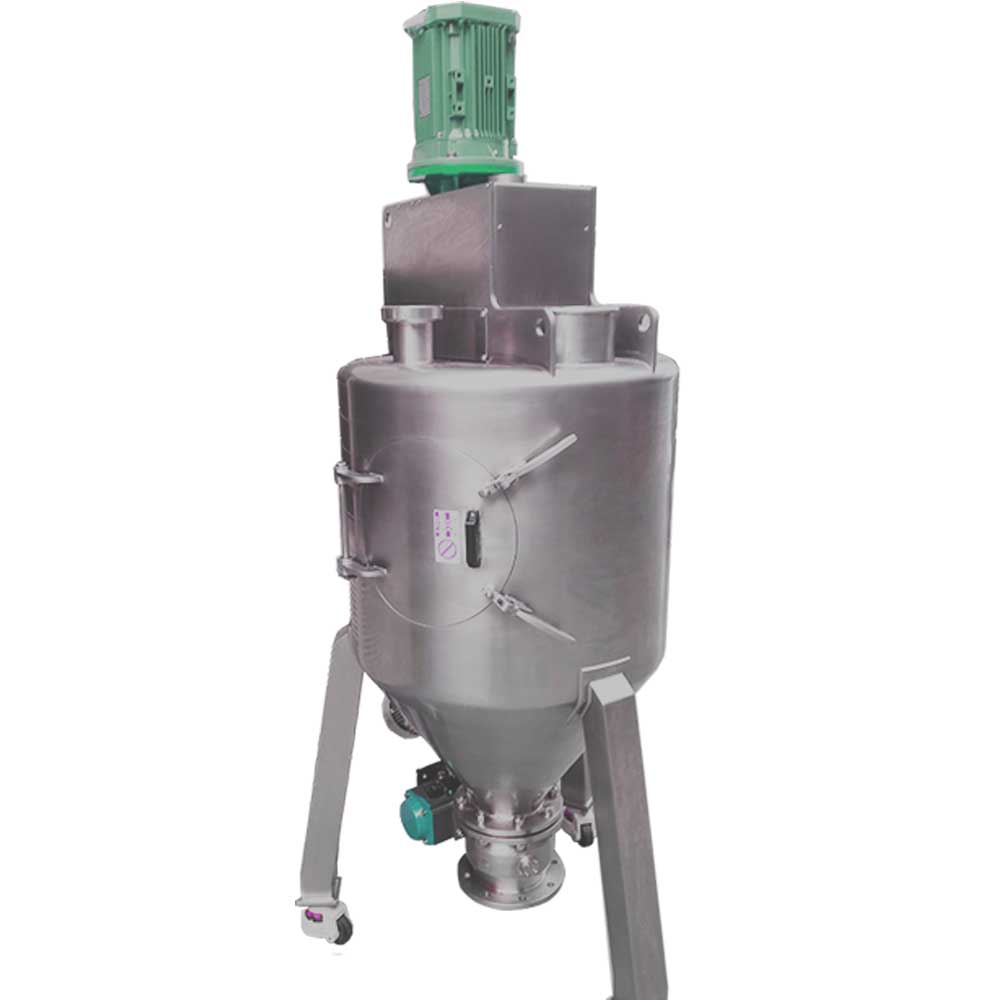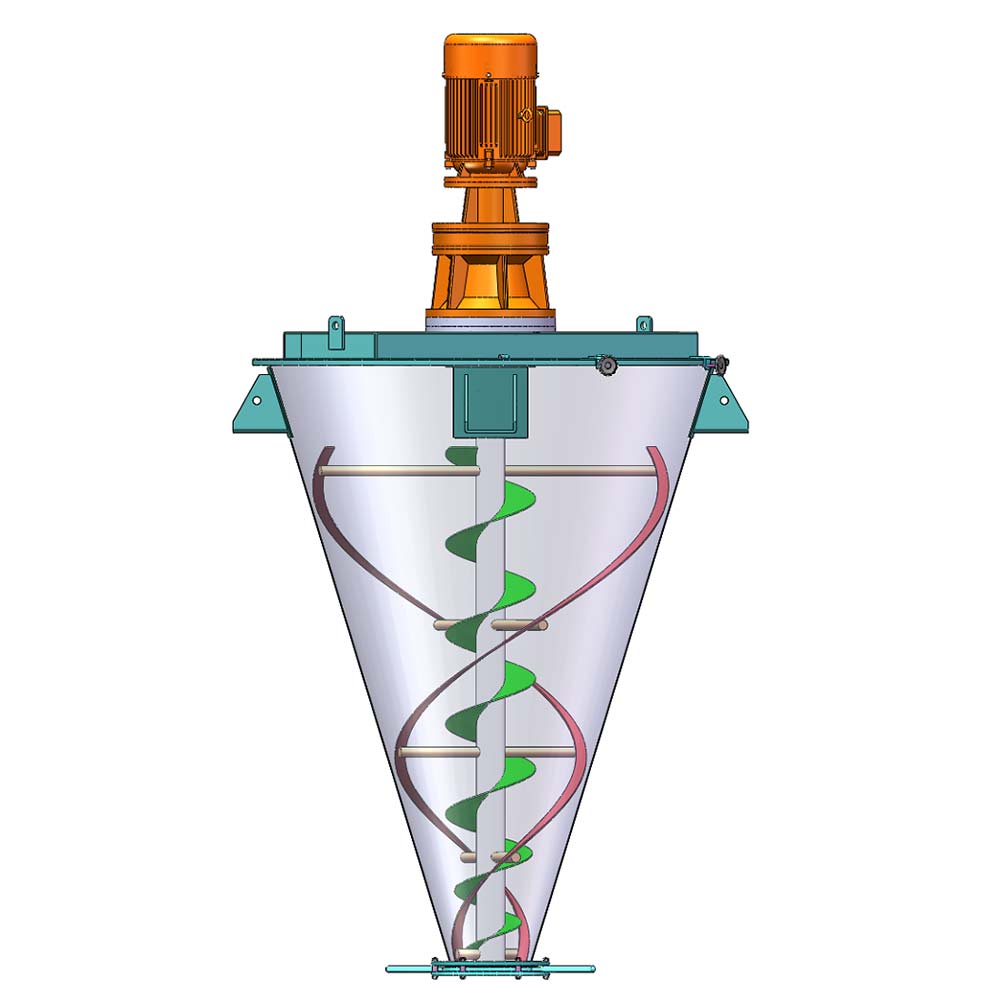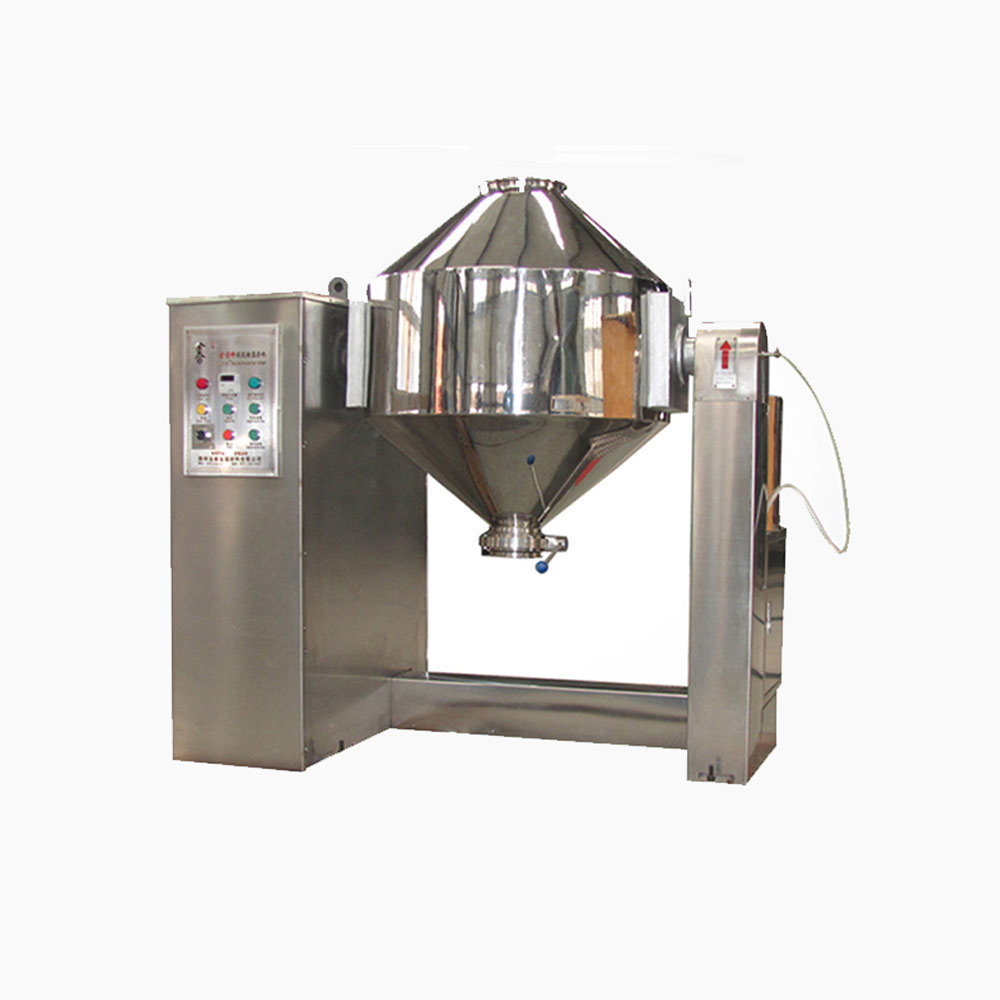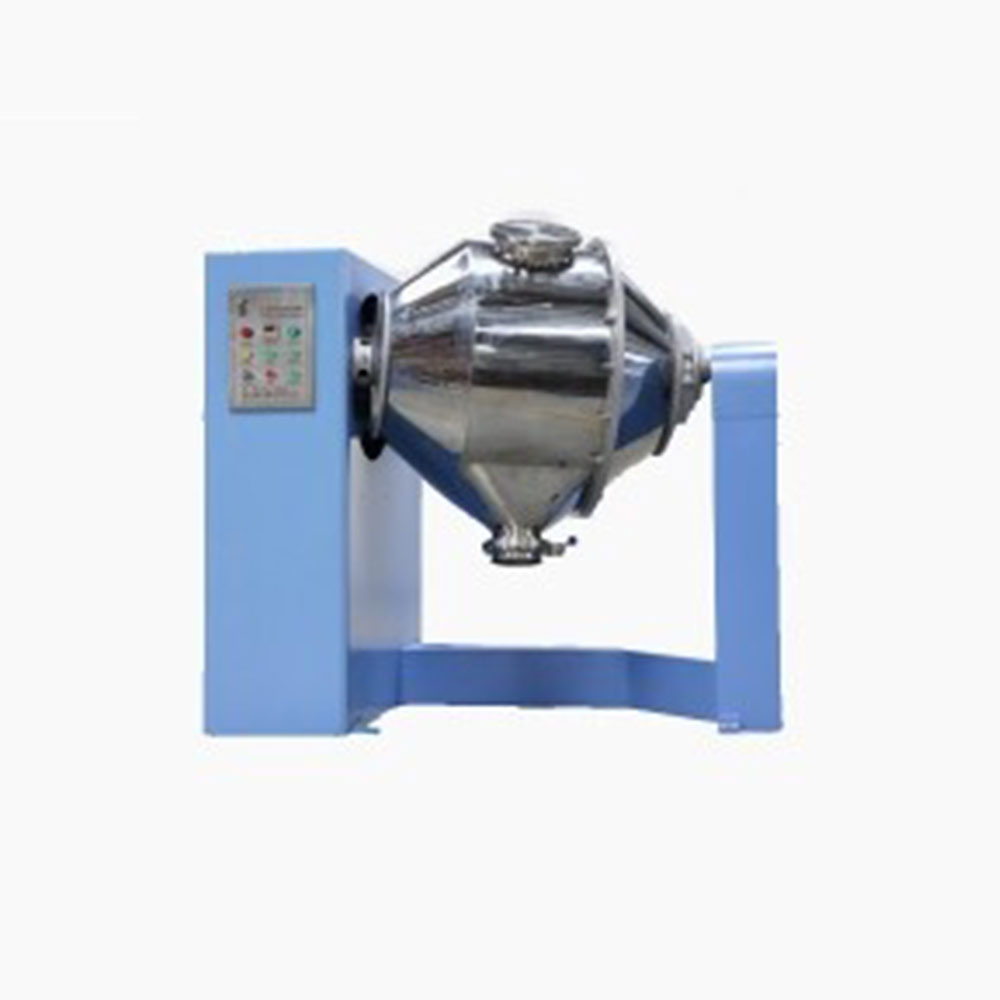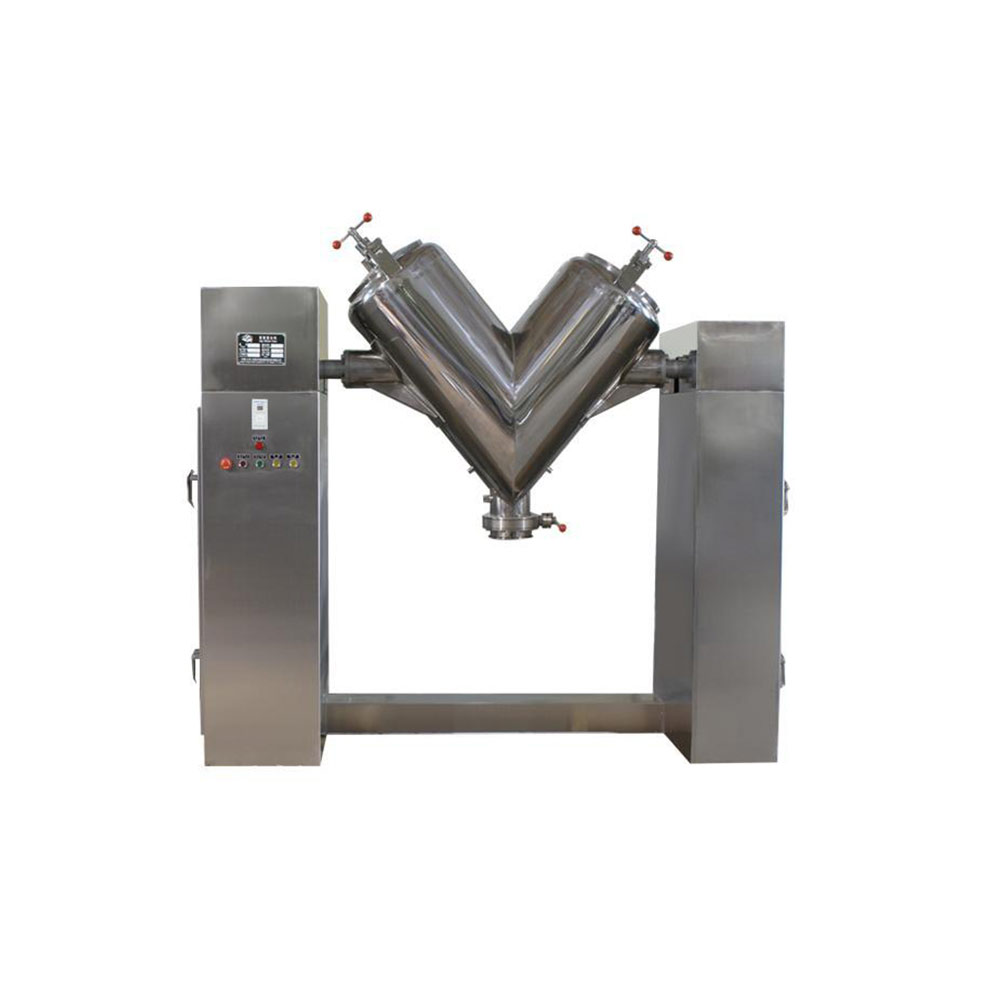Ask An Expert
Frequently Asked Questions
Yes, We can supply simple stand alone panels or automated PLC controlled systems. We normally install and test all controls on our mixers before they are shipped.
Yes, we normally test the mixers before they are shipped and mark out the wire need to connect on the control box.
We manufacture specialty mixing equipment for powder & bulk materials. Included are ribbon blender, plough mixer, conical screw mixer, twin shaft paddle mixer, V blender, double cone blender and other auxiliary equipment such as screw conveyor, quantitive auger filler.
We sell across the world, our cusotmers distribute 5 continents.
Share Us With Your Network
Four practical ways to optimize your batch ribbon blender’s efficiency(1)
The batch ribbon blender’s versatility for mixing solids — and for combining mixing with heating, cooling, coating, and other processes — makes it a real workhorse in bulk solids processing applications. Although this blender is well-known in the industry, many of us may not to be up to speed on how to improve the blender’s mixing productivity. Here are four practical ways to ensure that your batch ribbon blender performs at peak efficiency in your application.
A batch ribbon blender can process dry powders, granules, and pellets in widely different applications. The unit can blend ingredients to produce animal feeds, fertilizers, glass batches, and food products. The blender can heat, cool, or dry materials, including metal powders, plastics, and others. It can also coat solid particles with small amounts of liquid to produce pigments, pharmaceuticals, chemical blends, and other products. The variety of particle size ranges, bulk densities, and other ingredient characteristics the ribbon blender can handle confirms the unit’s standing as a versatile solids-mixing workhorse.
The ribbon blender, like all solid-solid mixers, operates by inducing one or a combination of the following mixing mechanisms: small-scale random motion (called diffusion), large-scale random motion (called convection), and shear resulting from particle-to-agitator, particle-to-wall, and particle-to-particle collisions. While diffusion is easily achieved with free-flowing ingredients in any mixer, rapid mixing of free-flowing and other ingredients typically requires convection, as well — that is, the intermixing of large groups of particles. The ability to provide high-speed convective mixing is the ribbon blender’s real advantage among bulk solids mixers.
Ribbon blender basics
The ribbon blender consists of a U-shaped horizontal trough mounted on leg supports and containing a rotating agitator. The agitator shaft is powered by a drive and mounted with spokes that support outer and inner helical blades called ribbons. Typically, the inlet is at the trough’s top center and the discharge is at the bottom center. The inlet is usually an opening with a cover; the cover can also be fitted with a charge port or spout to provide an air-tight connection to upstream equipment, such as a weigh hopper. The inlet cover also provides maintenance and cleaning access to the trough interior. The discharge can be fitted with any of various valves, depending on the application.
In operation, ingredients are loaded into the blender, typically filling it to between 40 and 100 percent of its rated capacity. This is up to the level of the outer ribbon’s tip, less than the unit’s total holding volume, and allows room for the material to be vigorously agitated and mixed. The agitator rotates and produces a peripheral speed (that is, ribbon tip speed) of up to approximately 300 fpm, depending on the application. The ribbons move material radially: The outer ribbons move the ingredients in toward the blender’s center, and the inner ribbons move ingredients out toward the blender wall. The difference in the outer and inner ribbons’ speeds moves material laterally or axially — that is, along the blender’s horizontal axis — in two opposite directions. These radial and axial mixing actions promote diffusion, convection, and shear.
Compared with other common batch mixers, such as conical screw mixers and tumble blenders, the ribbon blender typically requires a smaller initial investment. But at bigger sizes and throughput capacities, the ribbon blender’s initial cost approaches that of other batch mixers. Regardless of your batch ribbon blender’s capacity, you can make it more cost-effective by improving its mixing productivity. The following describes four practical ways to do this. As the information shows, most of the steps in optimizing the ribbon blender take place when you select the unit for your application.
(continuing)

